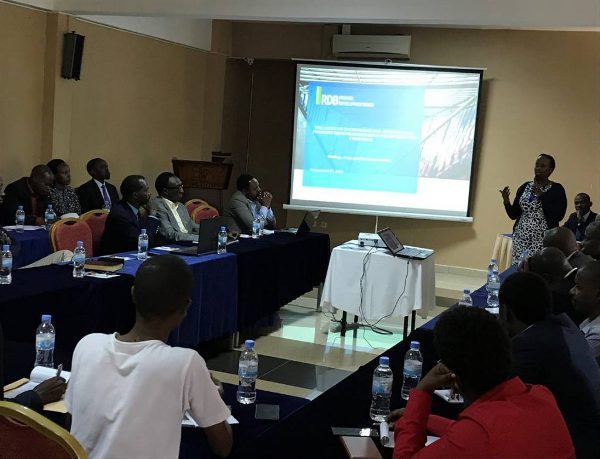
Kigali: RDB (Rwanda Development Board) held a stakeholder workshop to present findings from a study that was carried out to analyze the rate of innovation in the production process of SME’s (Small and Medium Enterprises) and the status of protection of different intellectual property (IP) assets.
The Study on Technology and Intellectual Property Registration Status in Selected SMEs was presented to representatives from companies assessed in the study as well as participants from governmental institutions that included the Ministry of Health, Ministry of ICT, National Industrial Research and Development Agency, National Agricultural Export Development Board, Rwanda Standards Board, Rwanda National Police, University of Rwandan, Rwanda Polytechnic -IPRCs, Rwanda Agricultural Board and Rwanda Revenue Authority.
The findings showed that in most SMEs, the production process is either manual or semi-automated and yet other alternative technologies could be used to be enable full automation
In regards to IP, the study identified a considerable number of IP assets such as trademarks, industrial designs, and utility models, were not protected in the companies assessed.
Speaking while presenting the findings, RDB’s Chief Strategy & Compliance Officer, Louise Kanyonga said:
“The overall objective of the study was to identify the trends and gaps in technology use by the SMEs and their IP assets registration status. We researched on the companies from different sectors such as agro-processing, manufacturing, construction and ICT so as to be able to design appropriate intervention actions to boost their productivity. Also, the assessment was meant to explore potential IP assets the companies may protect, assist them to protect their IP assets and provide them with patent information from patent databases and technological literature that would contribute to the improvement and optimization of their productivity. There is need for continued awareness activities and synergy with public institutions in order to increase IP knowledge and use among SMEs and the general public.” (End)
